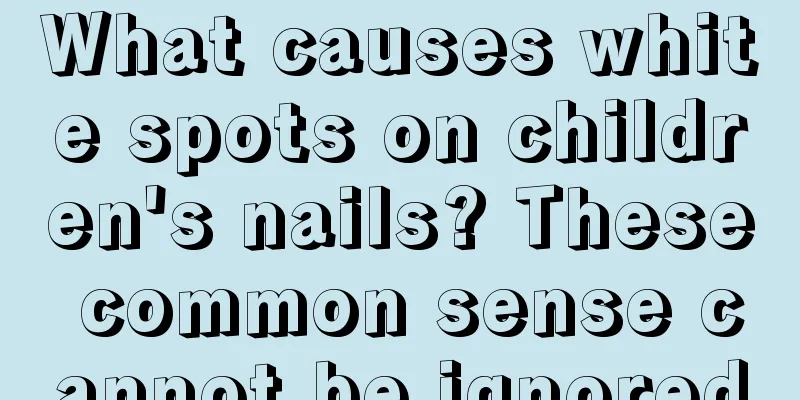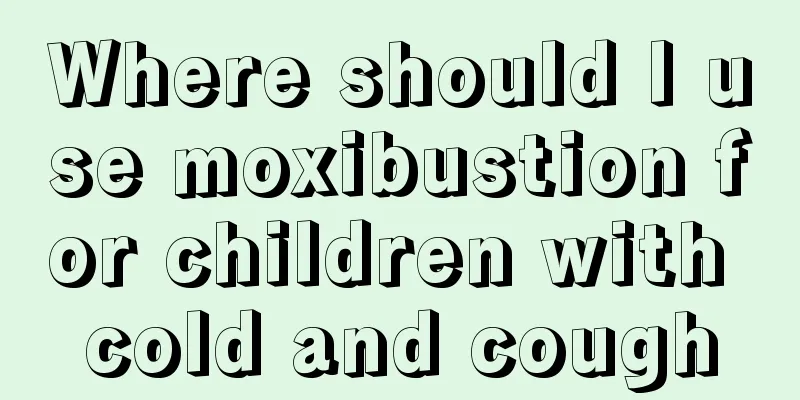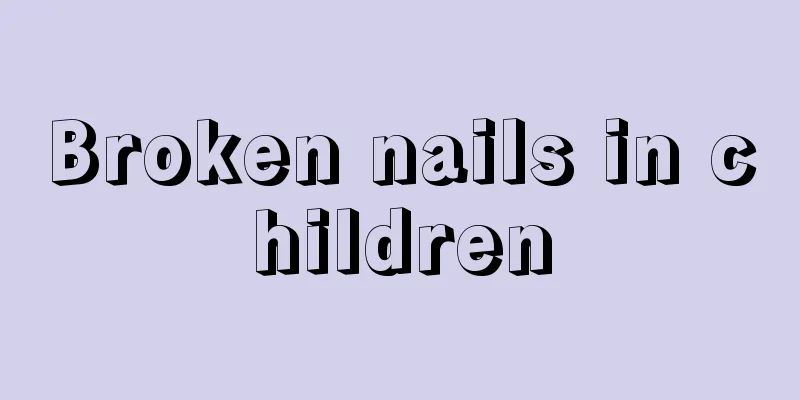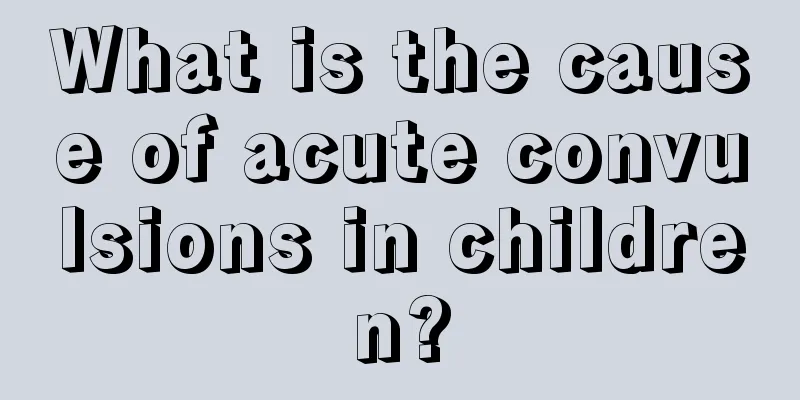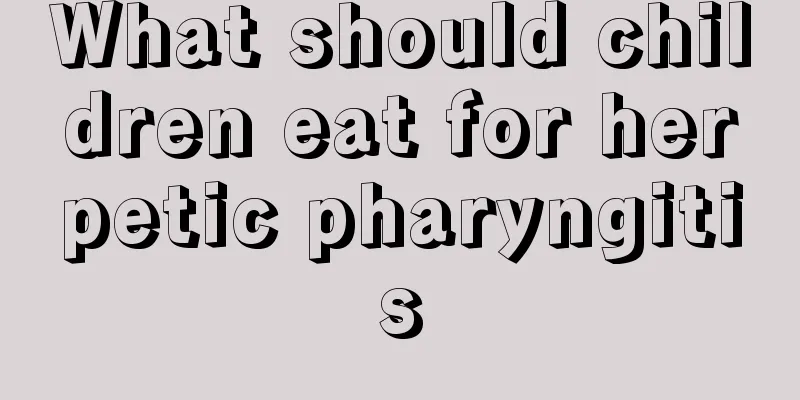Let’s learn about the early symptoms of hand, foot and mouth disease!

|
When a child suffers from hand, foot and mouth disease, he or she will initially have symptoms such as coughing, runny nose or fever. These symptoms are like a cold. If they are not treated promptly and correctly, as the disease progresses, the child will further develop serious symptoms such as nausea and vomiting. 1. In the early stages of hand, foot and mouth disease, children will first have symptoms similar to upper respiratory tract infection, such as fever, cough, runny nose and drooling. Some children may have symptoms such as nausea and vomiting, and later oval or spindle-shaped blisters will appear on the backs of the fingers and toes of the hands and feet. The blisters are surrounded by red halos and the fluid in the blisters is clear. The long axis of the blisters is consistent with the skin texture. 2. Then the center of the blister becomes sunken, yellow, dry, and peels off (desquamation). In addition, there are scattered, relatively hard, light red papules or blisters on the tips of the fingers and toes. 3. At the same time, there are scattered blisters in the mouth, such as on the lips, tongue, oral mucosa, and gums, but the blisters in the mouth quickly rupture to form small grayish white dots or a grayish white film with a red halo around it. Under the grayish white film, dot-like or flaky erosion surfaces can be seen. 4. Acute onset, incubation period of 3-5 days, with prodromal symptoms such as low fever, general malaise, abdominal pain, etc. Scattered painful, millet- to mung-bean-sized blisters appear on the oral mucosa, and maculopapules and herpes appear on the hands and feet. Initially, they are maculopapules, which later turn into herpes. They are round or oval, about 3-7 mm in size, like the size of a grain of rice, smaller than the chickenpox rash, harder in texture, with a red halo around it, and less fluid in the blisters. Dot-like or flaky erosions can be seen under the grayish-white membrane. After the rash subsides, no scars or pigmentation are left. If there is a secondary infection, the skin damage will often be aggravated. 5. In addition to the hands, feet and mouth, herpes can also be seen on the buttocks and near the anus, and occasionally on the trunk and limbs. They dry up and disappear after a few days, and the rash is not itchy or painful. 6. Some children may develop generalized papules and blisters, accompanied by aseptic meningitis, encephalitis, myocarditis, etc. It may be accompanied by symptoms such as cough, runny nose, loss of appetite, nausea, vomiting, and headache. 7. Some cases only present with rash or herpetic pharyngitis. The whole course of the disease is about 5-10 days. Most cases can heal themselves with a good prognosis and no sequelae. |
<<: What causes hand, foot and mouth disease? These are the reasons!
>>: Children's allergic cough medication, these things to remember
Recommend
What is the best food for children with colds?
Children's immune system cannot be compared w...
Is it okay to feed baby formula while he is sleeping?
Many babies still have the habit of sucking after...
How to deal with something getting into your baby's eyes
The baby's every move concerns adults, and th...
What should we do if children have habitual constipation in life?
Nowadays, the physical health development of chil...
What should children eat to grow taller?
Children are in a critical period of growth and d...
If there is a foreign body in the baby's trachea, be careful of the following symptoms
The throat of children under five years old is ve...
How to correct cross-eyed children
Children often learn things they have never seen ...
6 common diseases that mothers often misdiagnose
1. What's going on when the baby has a high f...
Newborn baby shaking while sleeping
Babies are generally not very quiet when they sle...
Symptoms of social impairment in babies
While children are growing physically, parents sh...
Treatment for newborns who keep feeding
The birth of every new life will make our parents...
Can I supplement calcium when my baby is coughing?
It is quite common for babies to have colds and c...
How to take care of children's teeth?
For children, their physical health is something ...
What is the reason for the baby's forehead to be black?
There are many phenomena in the growth and develo...
What to do if your baby has gastrointestinal infection
For children, the most common symptom after gastr...

